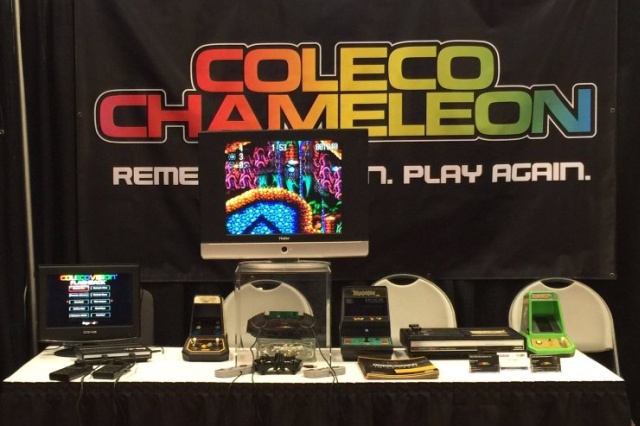
The company announced that it was moving on from the project after the Coleco Chameleon’s creators failed to deliver a working prototype upon request. In response, the console’s creators have apparently deleted the Chameleon’s official website and Facebook page.
The Coleco Chameleon was originally pitched as the Retro VGS, a cartridge-based console that would play new games in addition to classic titles via add-on adapters. Boasting a lack of Internet connectivity as a selling point, the Retro VGS was designed with the philosophy that players “should never need to download and install system updates and game patches,” promising that its entire library of games would be bug-free.
The Retro VGS project fell far short of its nearly $2 million funding goal on crowdfunding site Indiegogo, but the console resurfaced in late 2015 with Coleco branding. What followed was a series of public and social media blunders that irrecoverably damaged the console’s reputation among classic gaming enthusiasts.
A supposed prototype of the Coleco Chameleon showcased at the New York Toy Fair in January was later revealed to be the innards of a Super Nintendo console crudely duct-taped to a hollow plastic shell. When pressed for clearer pictures of its prototype, the makers of the Coleco Chameleon produced an image that was quickly identified as a PC video capture card, rather than functional gaming hardware.
In light of these missteps, a project partner came forward earlier this month with a public refusal to assist in an upcoming Kickstarter campaign, warning potential supporters that promised Coleco Chameleon prototype hardware does not exist in any form. Trademark owner Coleco Holdings afterward demanded to inspect the purported console hardware, and announced that it had terminated the project after the Chameleon’s designers “decided that the work that they have created is not sufficient to demonstrate at this time.”


